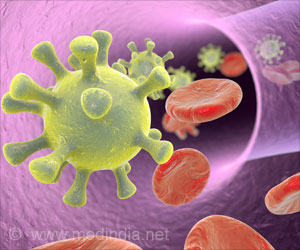Initiation of early treatment in HIV-infected infants shows an undeniable clinical benefit by reducing the risk of death in early childhood.

‘Without treatment, an HIV-infected child is at greater risk of disease progression to AIDS than an adult.’





The initial findings of the ANRS CLEAC study coordinated by Pierre Frange (Hôpital Necker - AP-HP), help define the immunological and virological benefits of early antiretroviral therapy in HIV-infected children living in France. The results of this study will be presented by Florence Buseyne (Oncogenic Virus Epidemiology & Pathophysiology Team - Institut Pasteur) this Wednesday, 25 July at the 22nd International AIDS Conference (AIDS 2018) being held in Amsterdam. This physiopathological study included 46 children (from five to 12 years old) and 30 adolescents (from 13 to 18 years old) living with HIV since birth. Among them, 36 started antiretroviral therapy before the age of six months and 40 after the age of two years. All achieved virologic success. Researchers examined participants' blood samples, defined their immunological and virological status and analysed the results according to their age at the time of the study and the age at which they started treatment.
First of all, the ANRS CLEAC team assessed the viral reservoir and observed that the viral ADN level was significantly lower in children and adolescents who started their treatment before the age of six months compared with those who started treatment after the age of two years. This lower viral reservoir also persists in early-treated adolescents, even though some of them take their medication less regularly.
In parallel, the immunological analysis looked at naïve T lymphocytes which have the ability to respond to new pathogens and vaccines. The ANRS CLEAC team found that these immune cells were present in greater numbers in children who started antiretroviral therapy before the age of six months. This difference was not observed in the adolescents. This higher level of naïve T lymphocytes is one of the markers of a healthy immune system.
Advertisement
Source-Eurekalert










